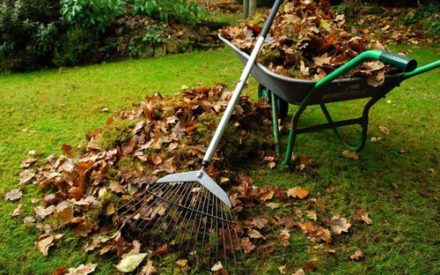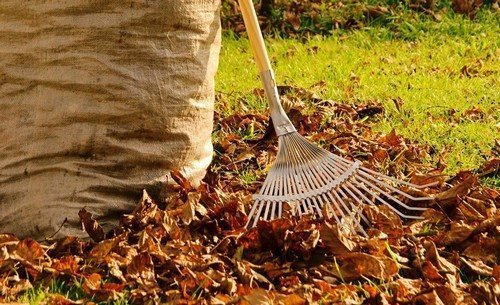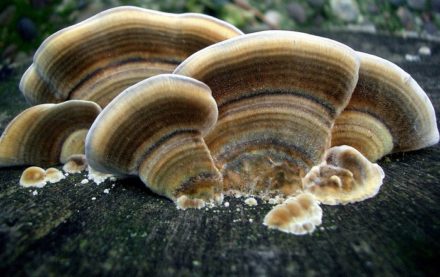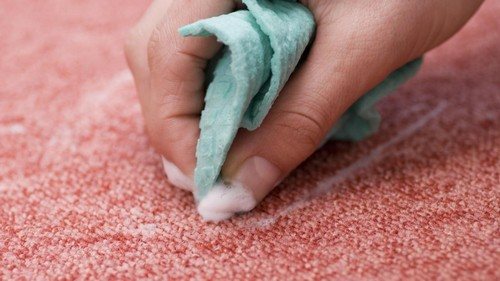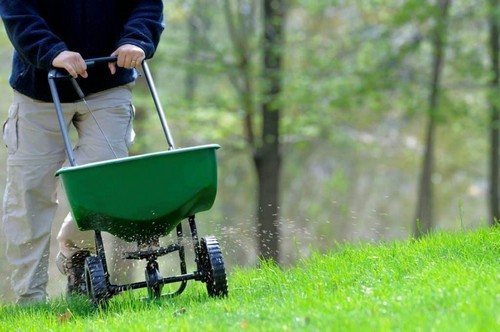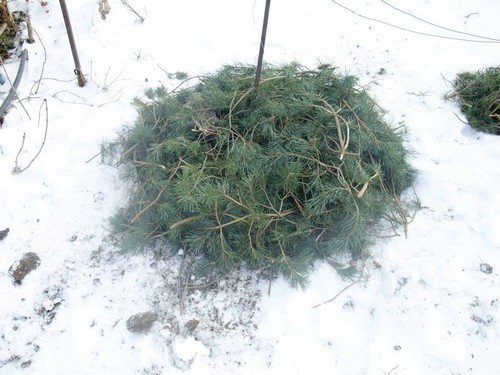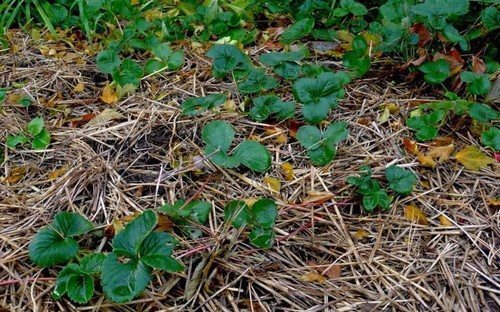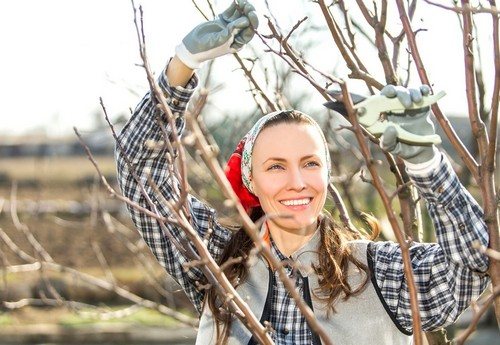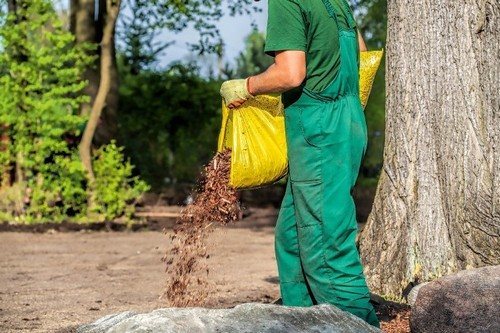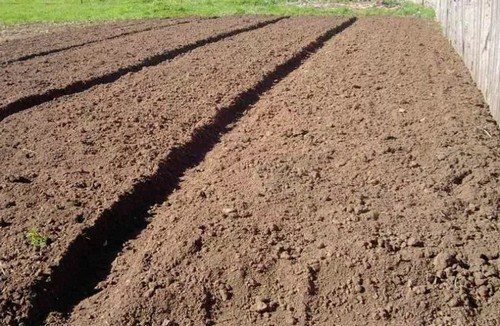Experienced gardeners have long stopped burning the leaves that decorate the garden plot with the onset of autumn. The main value of fallen leaves is that after rotting it is converted into organic fertilizer. But this is not the only way to use it.
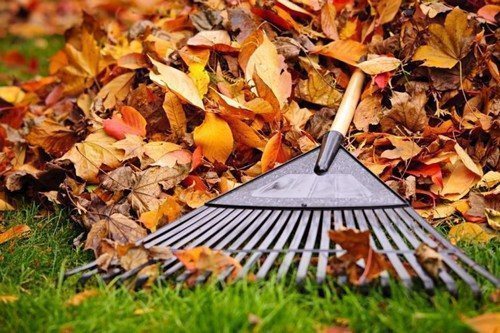
Root protection for perennial plants
In the forest, leaves covering the ground with a dense carpet prevent the soil from freezing. By thus protecting the roots of trees, they save them from death.
The same can be done at your summer cottage. Lovers of roses, chrysanthemums, and hydrangeas are often upset by the death of these heat-loving plants in winter. If perennial plants are covered in the fall with a layer of fallen leaves, this will most likely help them survive severe frosts.
With the onset of spring, you need to remove the leaves from the flowers, otherwise they may begin to rot under them.
Leaf compost
Compost usually takes a year or two to mature. If you make it from leaves in the fall, then in the summer it will be ready for use.
Leaves are poured into a pre-prepared compost pit, alternating with manure or soil. When the snow melts, the compost pit is periodically watered with water. After 2-3 months, sheet compost can be used.
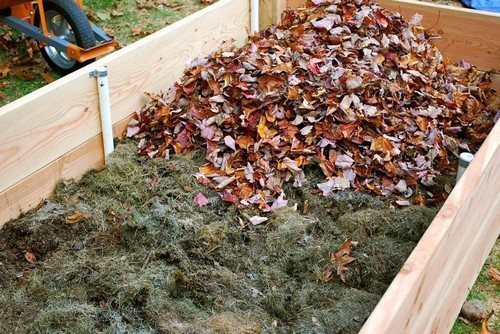
Leaf humus
Many people compare leaf humus to manure. Indeed, in terms of nitrogen and phosphorus content, these two fertilizers are approximately equal.
Making humus from leaves is easy. They are collected, compacted into small bags, and filled with plenty of water.After this, the bags are tied tightly, leaving several punctures for ventilation.
Already in the spring, leaf humus will be ready. It is used during planting or added to compost.
Mulching
This technique, which involves covering the soil to protect it, is common in agricultural technology and is considered very effective. Fallen leaves can also serve as mulch. The ground under the layer of foliage is reliably protected from washing out, weathering, and the proliferation of weeds.
With the onset of spring, the soil is dug up along with the leaves.
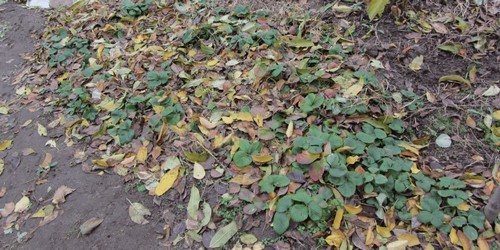
Preparing soil for seedlings
Many people buy soil for growing seedlings in the spring. But you can prepare it yourself using fallen leaves. This technique will not only save the family budget - the resulting soil will be much more beneficial for plants than purchased soil.
The leaves are collected in a bag, greens are added to them (these can be weeds, but only leaves and stems, without roots and seeds). The resulting mixture is shaken and stirred regularly. After the contents of the package have decomposed, the soil can be used for its intended purpose: in addition to seedlings, it is also suitable for growing indoor plants.
Warming the beds
This technique will help to harvest vegetable crops earlier and speed up the planting of certain varieties of flowers and strawberries.
In the fall, trenches are prepared in place of the beds, which are filled to the top with leaves. The excavated soil is left nearby in the form of an earthen roller.For greater effect, water the trench with leaves with slurry or herbal infusion, and sprinkle chopped herbs (cabbage leaves, potato tops) on top.
A trench that has overwintered in this form will settle and become compacted by spring. As soon as the ridge has completely thawed, the pile of earth prepared in the fall is raked into a trench and covered with film. The warm bed is ready for use.
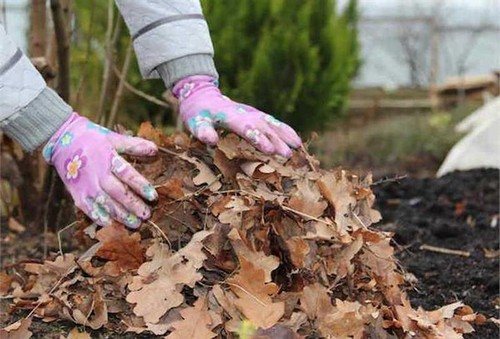
Ash
If there are many infected trees on the site, it is recommended to burn the leaves. But even the ash obtained as a result of combustion is not thrown away, but is used as fertilizer. This material is completely safe and nutritious. The ash contains potassium, calcium, phosphorus, iron, magnesium, zinc, and is suitable for foliar feeding.
Material for decoration and crafts
Multi-colored autumn leaves are a wonderful decor for a country house. You can make wonderful decorations from them that will enliven the interior. If there are primary schoolchildren or preschoolers in the family, then fallen leaves will definitely be useful for them for crafts at school or kindergarten. Herbarium is another idea for putting foliage to good use.
Use as drainage
Fallen leaves are an excellent option for drainage, especially in those garden areas where it gets very wet in the spring. A thick layer of foliage placed in the aisles between the beds in the fall will be very comfortable to walk on after the snow melts. This technique will also help control weed growth.
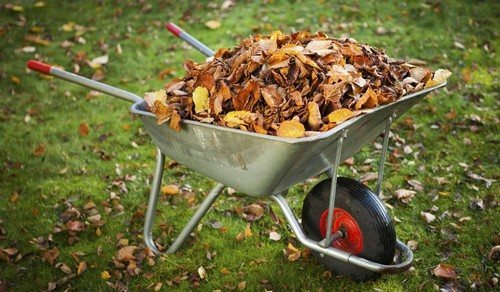
Filler for raised beds
If you have raised beds or containers for growing vegetables and berries on your property, you can fill them with a layer of fallen leaves mixed with green material, compost and soil. A dry leaf makes the soil better in structure, and earthworms breed in it more readily. In such beds, vegetables and berries ripen faster, and their yield increases.
Autumn leaves are not just a beautiful carpet under your feet. They will help the gardener improve the structure of the soil, protect plants from weeds and frost, and grow a rich harvest. Each summer resident has the right to decide at his own discretion how to use this gift of nature.


